2020 年 5 巻 1 号 p. 22-60
2020 年 5 巻 1 号 p. 22-60
This paper presents an attempt to provide a generic named-entity recognition and disambiguation module (NERD) called entity-fishing as a stable online service that demonstrates the possible delivery of sustainable technical services within DARIAH, the European digital research infrastructure for the arts and humanities. Deployed as part of the national infrastructure Huma-Num in France, this service provides an efficient state-of-the-art implementation coupled with standardised interfaces allowing an easy deployment on a variety of potential digital humanities contexts. Initially developed in the context of the FP9 EU project CENDARI, the software was well received by the user community and continued to be further developed within the H2020 HIRMEOS project where several open access publishers have integrated the service to their collections of published monographs as a means to enhance retrieval and access. entity-fishing implements entity extraction as well as disambiguation against Wikipedia and Wikidata entries. The service is accessible through a REST API which allows easier and seamless integration, language independent and stable convention and a widely used service-oriented architecture (SOA) design. Input and output data are carried out over a query data model with a defined structure providing flexibility to support the processing of partially annotated text or the repartition of text over several queries. The interface implements a variety of functionalities, like language recognition, sentence segmentation and modules for accessing and looking up concepts in the knowledge base. The API itself integrates more advanced contextual parametrisation or ranked outputs, allowing for the resilient integration in various possible use cases. The entity-fishing API has been used as a concrete use case to draft the experimental stand-off proposal, which has been submitted for integration into the TEI guidelines. The representation is also compliant with the Web Annotation Data Model (WADM). In this paper we aim at describing the functionalities of the service as a reference contribution to the subject of web-based NERD services. In this paper, we detail the workflow from input to output and unpack each building box in the processing flow. Besides, with a more academic approach, we provide a transversal schema of the different components taking into account non-functional requirements in order to facilitate the discovery of bottlenecks, hotspots and weaknesses. We also describe the underlying knowledge base, which is set up on the basis of Wikipedia and Wikidata content. We conclude the paper by presenting our solution for the service deployment: how and which the resources where allocated. The service has been in production since Q3 of 2017, and extensively used by the H2020 HIRMEOS partners during the integration with the publishing platforms.
This paper describes an attempt to provide a generic named-entity recognition and disambiguation module (NERD) called entity-fishing as a stable online service. The work intends to demonstrate the possible delivery of sustainable technical services as part of the development of research infrastructures for the humanities in Europe. In particular, the developments described here contribute not only to DARIAH, the European Digital Research Infrastructure for the Arts and Humanities 2, but also to OPERAS, the European research infrastructure for the development of open scholarly communication in the social sciences and humanities 3. Deployed as part of the French national infrastructure Huma-Num 4, the service provides an efficient state-of-the-art implementation coupled with standardized interfaces allowing easy deployment in a variety of potential digital humanities contexts. In this paper we focus on the integration of entity-fishing within the European HIRMEOS project 5, where several open-access publishers have integrated the service into their collections of published monographs as a means to enhance retrieval and access. In the following sections, we give a quick overview of the accessibility and sustainability issues we want to address through our experiment, explain the general context of the HIRMEOS project, and then provide a comprehensive description of various facets of entity-fishing: its architecture, interfaces, and deployment.
As already alluded to by Romary and Edmond (2017), the sustainability of digital services is strongly related to reusability, in that the actual deployment of tools and services in workable research scenarios and environments is key to ensuring their further maintenance, updating, and long-term availability. This relation to users is also tied to the capacity of the service to facilitate the research activity without putting constraints on the way the research itself shall be carried out, following the analysis by Edwards (2003) in the specific context of research infrastructures.
In the context of online services such as entity-fishing, which aims at enriching digital documents by means of stand-off annotations, we have listened to the users’ needs and therefore have driven our contribution to sustainability along the following axes:
The definition of an open and flexible architecture based upon open-source components, so that the software maintenance can be partially or totally transferred to a third party at any time
The provision of standardized interfaces which cover various use cases ranging from the direct provision of standardized annotations (e.g., compliant with the TEI Guidelines: see TEI Consortium 2020) to the integration of the service in more complex technical environments
The deployment of the service as a dedicated professional environment within the public sphere, ensuring a reliable and scalable usage right from the beginning of the integration phase in concrete use cases
Finally, and most importantly, the anchorage on real use cases reflecting situations where the service provides a distinct added value to the existing digital resources made available to humanities scholars
In this paper, we show how we have addressed these different aspects, but we would first like to provide some background on the genesis of the entity-fishing project and how it has reached the stage of becoming a generic online service for DARIAH and OPERAS.
The development of entity-fishing began in the context of the EU FP7 Cendari project from 2013 to 2016 (Lopez, Meyer, and Romary 2014), which aimed at setting up a digital research environment for historians specializing in the medieval and First World War periods that would facilitate their access to archival content (Vanden Daelen et al. 2015) and enable them to acquire information about the various assets, or entities, involved in their research scenarios. At an early stage in the project, it was determined that the provision of automatically extracted entities from the various sources (primary or secondary) that the historians are working with would boost the selection of appropriate material for the research at hand. Initially deployed in the technical framework of Inria 6, the entity-fishing service gained considerable interest from a variety of users, not just historians, who continued to use it on a regular basis long after the project had ended, which in turn put pressure on us to further maintain and enhance it.
We thus took the opportunity of the EU Horizon 2020 (H2020) HIRMEOS 7 project to further consolidate and expand the service. Indeed, HIRMEOS addresses the peculiarities of academic monographs as a specific support for scientific communication in the social sciences and humanities. It aims to prototype innovative services for monographs by providing additional data, links to, and interactions with the documents, at the same time paving the way to new potential tools for research assessment, which is still a major challenge in the humanities and social sciences.
In particular, HIRMEOS sets up a common layer of services on top of several existing e-publishing platforms for open access monographs. The goal of the entity extraction task was to deploy the service and process open access monographs provided by the HIRMEOS partners. The documents available were the following:
4,000 books in English and French from Open Edition Books 8
2,000 titles in English and German from OAPEN 9
162 books in English from Ubiquity Press 10
765 books (606 in German, 159 in English) from the University of Göttingen Press 11
The introduction of entity-fishing has undergone different levels of integration. The majority of the participating publishers provided additional features in their user interface, using the data generated by entity-fishing, for example, as search facets for persons and locations to help users narrow down their searches and obtain more precise results.
Identifying entities is a central task in the analysis of secondary scholarly literature (Brando, Frontini, and Ganascia 2016). Such entities may range from simple key terms to very specific scientific, nomenclature-based expressions (chemical formulas, astronomical objects, expressions of quantities, etc.). It also covers regular named entities such as person-names or locations, which correspond to core tasks in the social sciences and humanities (Smith and Crane 2001).
From the applicability point of view, entity extraction is a task that is also suitable for small quantities of data at document level: for instance, in the case of the Amazon X-Ray functionality of the Kindle (Wright 2012), proposing a list of people appearing in a book. Extracting varieties of data allows the system to answer questions related to the document itself before it has been read.
On a larger scale, with an increasing number of documents, the resulting graph of interlinked connections allows the computing of aggregated information such as trends, semantic search, or document similarity.
Authors making the choice of open-access publishing may also have a particular interest in having their work more frequently discovered, read, used, and reused to get credit and recognition. Therefore, it is the duty of the corresponding infrastructure to provide the means to accomplish these objectives.HIRMEOS is a great opportunity to improve the current open access technical infrastructure at the European scale.
In following subsections we describe the entity-fishing service. Sections 4.1 and 4.2 provide background information; then we describe the architecture and data flow in section 4.3. Section 4.4 presents details on the standard interfaces, and sections 4.4 and 4.5 conclude with the knowledge base (KB) organization and the external data source.
4.1 Disambiguation: From Mentions to EntitiesIn this paper, we define mention as a textual segment, one or a combination of words, that can be identified in the text. Mentions usually are strongly dependent on the domain: for example, analyzing the same text from biology and chemistry perspectives would output different mentions. We define entity (following Wikipedia) as “something that exists as itself, as a subject or as an object, actually or potentially, concretely or abstractly, physically or not.” 12 Therefore, linking is the task of finding a KB reference that a particular mention may refer to within the current context. Finally, a mention linked to a concept in the KB is an entity.
We have defined entities and mentions separately because their identification is decoupled in two different subsequent processes. The mention extraction is performed by means of generic parsers (known as NER, Named Entity Recognition) or by plugging in specialized parsers when dealing, for instance, with dates, ancient names, or chemical formulas.
The entity disambiguation task (also called entity linking, named entity disambiguation, named entity recognition and disambiguation) consists of determining the actual identity of the entity which is referred to by expressions appearing in a document. There is a long-standing body of research that aims to improve efficiency and completeness of the extraction of relevant information and senses depending on the context provided by the text, as well as the reference background provided by large-scale entity databases such as Wikipedia (Cucerzan 2007).
In fact, entity disambiguation requires a knowledge base that contains all the entities to which each mention may be linked. With its open license, Wikipedia has become the reference knowledge base (Milne, Witten, and Nichols 2007) for such a task. Ratinov et al. (2011) formally define Wikification as the task of identifying and linking expressions in text to their referent Wikipedia pages. In order to be more generic, mentions can be recognized using several techniques (based on Machine Learning [ML], lexicons, or rules), extended to any kind of expression beyond the narrow notion of “named entities.” However, since Wikipedia—although comprehensive—has some sort of physical limitations, it could happen that certain entities identified in a text are not found at all in the knowledge base. More details about Wikipedia and Wikidata will be discussed in section 4.5.
To illustrate this phenomenon, we can take the following text as an example:
President Obama is living in Washington
There are two mentions, President Obama and Washington, in the sentence. If we consider our approach based on Wikipedia, the entity-fishing knowledge base terms lookup will say that there are respectively 10 possible candidates for Obama and 715 for Washington. A correct disambiguation will be the link of the mention Washington to the entity titled Washington D.C., described as “Washington, D.C., formally the District of Columbia and commonly referred to as Washington or D.C., is the capital of the United States of America” 13. and identified by Wikipedia page ID 108956 and Wikidata ID Q61. Moreover, the mention Obama should be correctly disambiguated to Barack Obama with Wikipedia page ID 534366 and Wikidata ID Q76.
4.2 Entity-fishingEntity-fishing is a service implementing the task of entity recognition and disambiguation using both Wikipedia and Wikidata. It is designed to be domain agnostic, thus giving the flexibility to be upgraded to support disambiguation of specialized entities with minimal effort. It currently supports five languages: English, French, German, Italian, and Spanish.
Entity-fishing can process raw text with optional pre-identified mentions or entities which are used to help resolve ambiguities. It supports search queries—short text with very minimal context—and PDFs. PDF support is provided by the GROBID library (Lopez 2009).
The service provides a web interface (fig. 1) and a REST API ( 4.4) for third-party service integration.

Figure 1. Example of text about World War I as analyzed in the entity-fishing web interface
4.3 ArchitectureIn this section we describe the system architecture from two orthogonal viewpoints: first, we show how the system works from a data-flow perspective, to understand the functional aspects of the system from input to output. Second, we focus on non-functional requirements in order to identify bottlenecks and critical components, thus allowing a correct definition of requirements.
4.3.1 Data-driven ArchitectureWe describe here in detail the main steps occurring between input and output as outlined in figure 2, ignoring how input and output are actually represented (sec. 4.4.1).
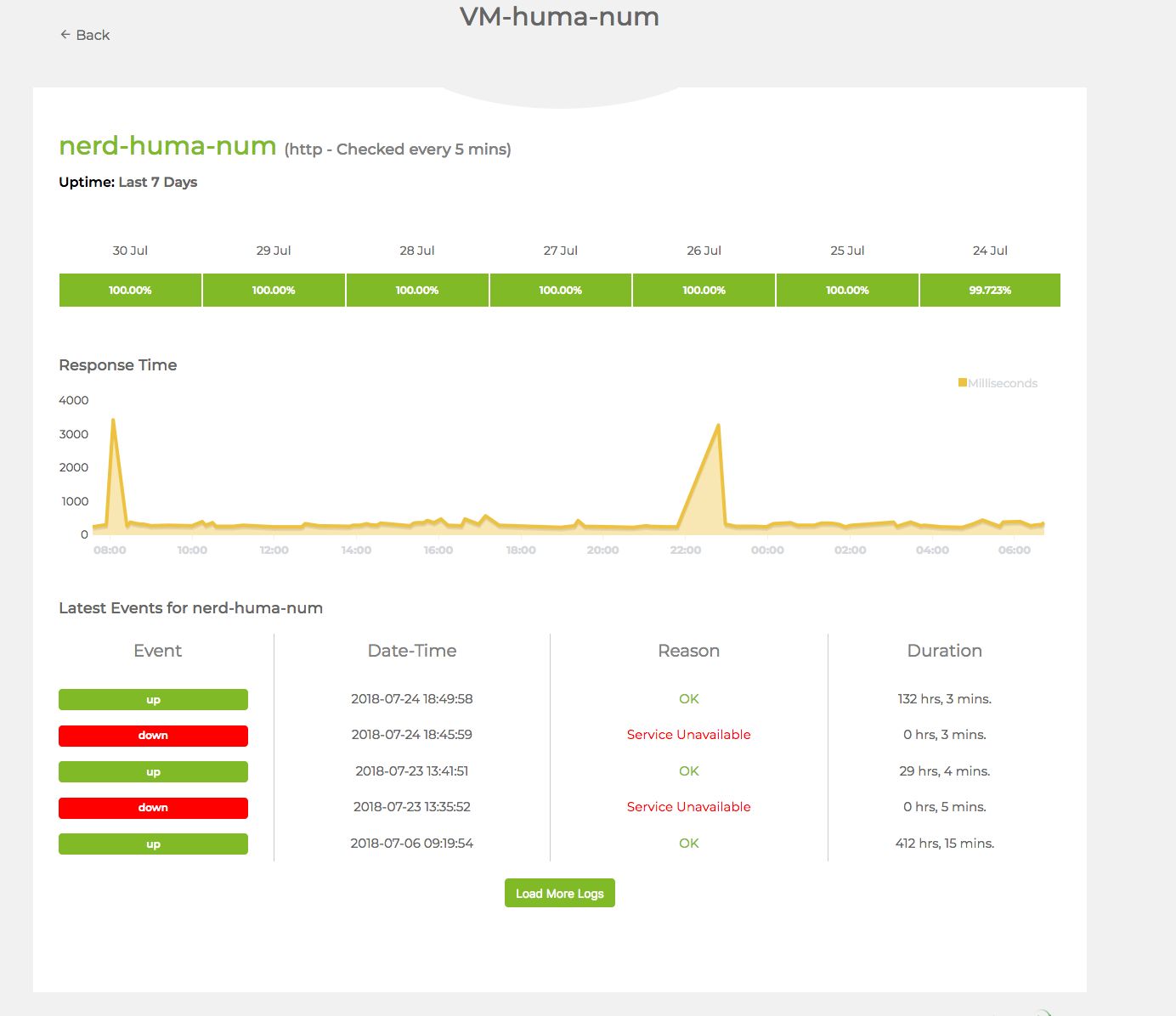
Figure 2. The data-driven architecture of entity-fishing
The service can be divided into three steps: language identification, mention recognition, and entity resolution.
4.3.1.1 Language IdentificationLanguage is an important variable in the entity-fishing process: it is used to select the appropriate utilities for processing text, such as the tokenizer and the sentence segmenter, and, most importantly, to select the specific Wikipedia (as of July 2020 there are 300 active Wikipedias 14) from the knowledge base (sec. 4.5). This step is ignored when the information is provided by the user.
4.3.1.2 Mention RecognitionThis component is responsible for extracting mentions ( 4.1) from the input. The idea is to have a generic set of recognizers bundled with the system and offer users the option to extend to specific domains by plugging in additional ones.
Entity-fishing ships three traditional mention extractors:
The result from this step is a list of Mention objects, containing raw value from the original text, positions (offsets or coordinates), and NER type (within the 27 classes extracted from GROBID-NER ( 4.3.1.2 )).
4.3.1.3 Entity ResolutionEntity resolution is the process of linking each mention to the authority records in Wikipedia and Wikidata through their identifiers.
The resolution process consists of three further phases (fig. 2 ):
In this phase, each mention is linked to a list of concepts (possible candidates for the disambiguation) matching—entirely or with some variation—the original raw name.
Each candidate is assigned a confidence score calculated as regression probability from an ML model based on gradient tree boosting using features from local (related to the concept itself) and remote (related to the concept and its relationship with other concepts) information. The features used in our candidate ranking process are:
The candidate list is pruned comparing a calculated selection score, with minimal values selected manually, for each language. The selection score is calculated as the output of an ML regression model computing the following features:
The final output consists of a list of entities. In some cases is possible that no entry in the knowledge base is retrieved: for example, a PERSON mentioned in the text only by first name. Similarly, named entities of class MEASURE are not disambiguated at all.
4.3.2 Service Component ArchitectureMost of the work carried out in the HIRMEOS project aims to measure and improve the robustness and scalability of the service. In particular we envisioned, right from the onset, that the service would reach out to a large group of potential users.
We present three layers into which the service can be decomposed, each of them being characterized by different requirements and constraints: the web interface, the engine, and the data storage (fig. 3 ).
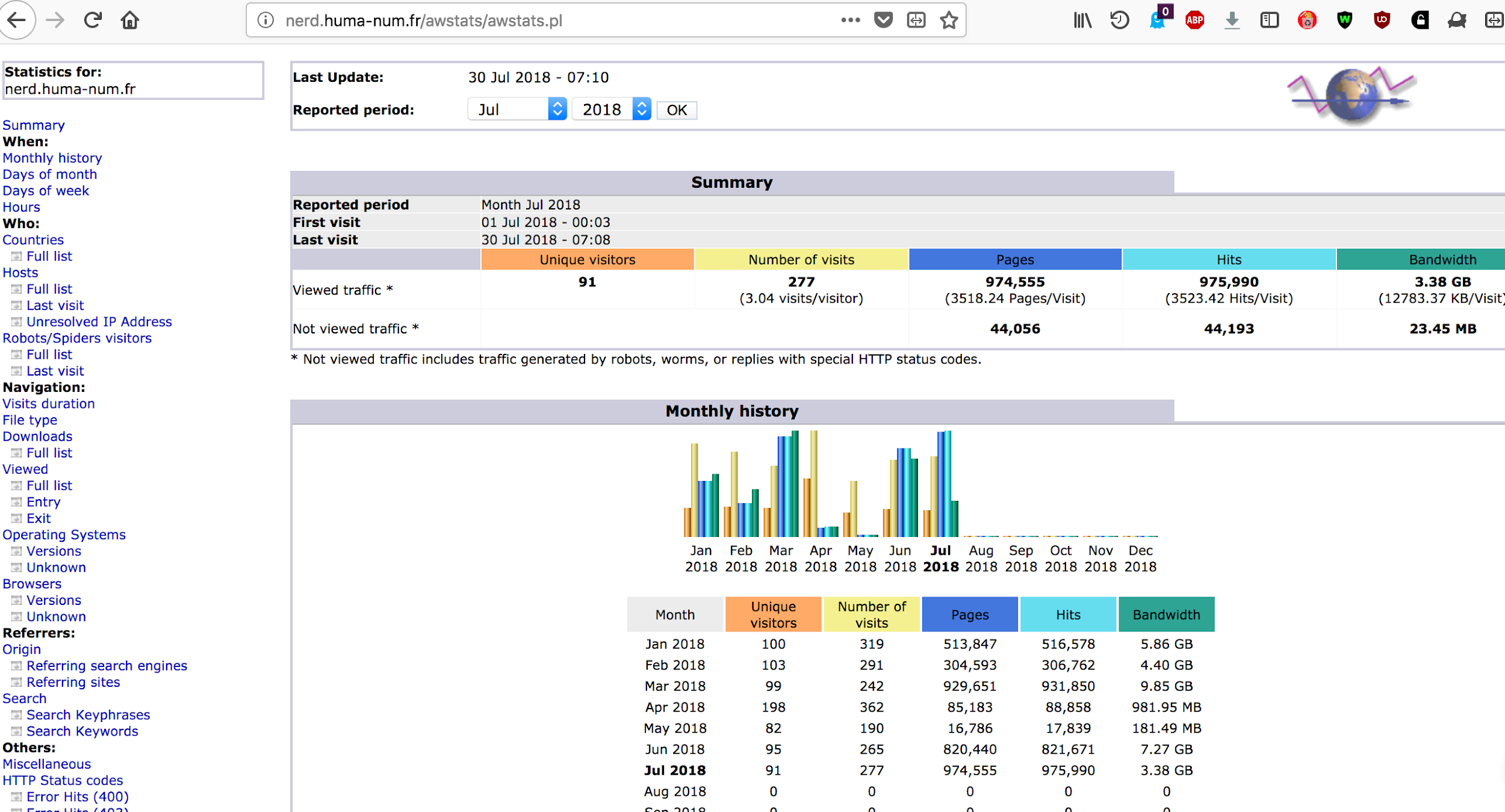
Figure 3. Architecture of entity-fishing architecture
4.3.2.1 Web InterfaceThe web interface provides a REST API presenting services as HTTP entry points (sec. 4.4.1). The main responsibility of the service is to understand, validate, and process requests (e.g., avoiding malformed or incomplete queries and verifying the correctness of the input data) and to yield, when applicable, the right error code and message (e.g., returning 406 when the language is not provided, 400 if the query is malformed). This component does not pose any performance threat.
4.3.2.2 Data StorageThe data storage layer is responsible for maintaining the large amount of data which cannot be kept in memory. The service is handling the entire contents of the Wikipedias (see sec. 4.6 ) for our different languages (each consisting of several gigabytes of raw data) and precomputed data (such as the number of links per article source and destination, or the number of documents).
During normal service operations, entity-fishing reads only from data storage, which “simplifies” the requirements (e.g., no risk of dirty reads and/or performance issues). We evaluated different storage technologies: NOSQL Databases such as MongoDB were discarded because of their complexity. We selected a light key-value database with memory-mapped files: Lightning Memory-Mapped Database (LMDB). Developed by Symas 17, it is fast storage for the OpenLDAP project that fully supports ACID semantics, concurrent multithread read/write access, transactions, and zero-copy lookup and interaction, and is available with bindings for several languages (Java, Python, etc.). Entity-fishing uses a Java library called lmdbjndi 18 to implement it. The data storage layer currently consists of one database with the language-independent information (Wikidata metamodel) and five language-specific databases containing Wikipedia information, each of which holds 23 collections, for a total of about 80 GB of required disk space. This is indeed the most critical part of the system.
4.3.2.3 EngineThe engine is the main component of the application, as it orchestrates the various steps (mention recognition, entity resolution, etc.) originating from a query (and possibly a file) provided as input. The engine interacts heavily with the data storage layer to compute the features and retrieve all the information.
4.4 Standard Interface 4.4.1 REST APIThe REST API provides a standard entry point interface. The REST protocol is the standard means of communication for service and microservice integration. The API has three main access points: the disambiguation process, the KB access, and a set of secondary utilities. The disambiguation entry point takes as input a JSON query like:
{ "text": "The text to be processed.",
"shortText": "term1 term2 ...",
"language": {
"lang": "en"
},
"entities": [],
"mentions": ["ner","wikipedia"],
"nbest": 0,
"sentence": false,
"customisation": "generic",
"processSentence": []
}Note that the first two elements in the input are mandatory and mutually exclusive. While text is used for long text (paragraphs), short text is used for search query disambiguation (fewer than 5 words), which requires a different approach because of the small amount of information available in a query.
Everything else is optional:
The service returns a structure based on the query, with the output results. See example (the listing has been simplified):
{ "text": "Austria invaded and fought the Serbian
army at the Battle of Cer
and the Battle of Kolubara
beginning on 12 August.",
"language": {
"lang":"en"
},
"entities": [ {
"rawName": "Serbian Army",
"offsetStart": 31,
"offsetEnd": 43,
"nerd_selection_score": 0.6148,
"wikipediaExternalRef": 10072531,
"wikidataId": "Q1209256" [...]
},
{ "rawName": "Austria",
"offsetStart": 0,
"offsetEnd": 7,
"type": "LOCATION" [...]
}
]
}
This approach simplifies iterative processing workflows, which are required for processing long texts over several queries.
The KB REST interface allows full access to:
The secondary utilities are:
A detailed description of these functionalities, which is beyond the scope of this paper, can be found in the official entity-fishing documentation 19.
4.4.2 TEI RepresentationThe work carried out in the HIRMEOS project also provided the opportunity to specify a TEI-compliant output for the entity-fishing service that would be easy to integrate within the ongoing stand-off proposal under discussion within the TEI Council (Banski et al. 2016). This proposal is based upon the concept of embedded stand-off annotation, where a <standOff> element gathers all the annotations related to the corresponding <text> element of a TEI document and is positioned between the <teiHeader> and the <text> elements, as illustrated below.
<TEI>
<teiHeader>...</teiHeader>
<standOff>
<teiHeader>...</teiHeader>
<listAnnotation type="individuals"> ... </listAnnotation>
<listAnnotation type="places">...</listAnnotation>
<listAnnotation type="organizations">...</listAnnotation>
<listAnnotation type="dateTimes"/>
<listAnnotation type="events"/> ...
</standOff>
<text>...</text>
</TEI>
We can see how it is possible, for instance, to organize annotations in various groups: in our case, we have gathered entities by types.
In this framework, elementary annotations are structured as <annotationBlock>s containing three components:
This representation is intended to be compliant with the target/body/annotation triptych of the Web Annotation Data Model 20. It is illustrated below for the annotation of a person entity.
<annotationBlock>
<person xml:id="_6117323d2cabbc17d44c2b44587f682c">
<persName type="rawName">John Smith</persName>
</person>
<interp ana="#_6117323d2cabbc17d44c2b44587f682c"
inst="#_b02f28110aa52495b3ec386d171bc20f"/>
<span from="#string-range(//p[@xml:id='
_899607cd21ce83fb3a8e35652ace2479'],259,269)"
xml:id="_b02f28110aa52495b3ec386d171bc20f"/>
</annotationBlock>The difficulty associated with the generation of TEI-based stand-off annotations is twofold: a) the risk of a deviation between the textual content and the character offsets which have been computed and b) the necessity to number the various elements that serve as anchors for the annotations (paragraphs, etc.). This difficulty is exactly what is behind the notion of embedded stand-off, which relies on the assumption that annotations and the corresponding reference version of the textual content represented in TEI are delivered together as one single coherent document instance. This is the way our service has been implemented, so that the output will be the one and only version of record for any further processing within the client that called the entity-fishing service.
4.5 External Data SourcesIn this section we set out to provide a definition of our concept of knowledge base and then discuss in greater depth the origin of the various data sources we used. A knowledge base is defined as the set of information describing a certain domain of interest. It usually covers a specific area of knowledge (e.g., chemistry, biology, or astronomy). On the other hand, there are also generic knowledge bases such as Wikidata, DBPedia, or Freebase which are not bound to any specific domain. Entity-fishing, being a generic tool, essentially anchors its knowledge base upon Wikipedia and Wikidata. It is constructed by an offline process taking the dumps from Wikipedia and Wikidata as input, and aggregating the data in an appropriate structure and format which can be used efficiently by the service.
4.5.1 WikipediaWikipedia is a multilingual, web-based, free-content encyclopedia, and is currently the largest and most popular general reference work on the internet. Owned and supported by the Wikimedia Foundation, a non-profit organization supported by donations, it was launched on January 15, 2001, by Jimmy Wales and Larry Sanger and initially only supported the English language 21. Other languages were quickly developed in the months following the launch. With over 6 million articles as of this writing, the English Wikipedia is the largest of the Wikipedia encyclopedias 22. Wikipedia has reached a high level of completeness and popularity, with more than 50 million articles in over 300 different languages. Statistics 23 from the Wikimedia Foundation show popularity in the order of billion page-view and million of unique visitors each month. Its level of coverage and reliability has made Wikipedia a reference database for many information extraction processes.
4.5.2 WikidataAs stated on its web site, “Wikidata is a free, collaborative, multilingual, secondary database, collecting structured data to provide support for Wikipedia, Wikimedia Commons, the other wikis of the Wikimedia movement, and to anyone in the world.” 24
Wikidata is a collaboratively edited knowledge base hosted by the Wikimedia Foundation (Vrandečić 2012). It is intended to provide a common source of data which can be used by Wikimedia projects such as Wikipedia, and by anyone else, under a public domain license (CC-0). Wikidata has become widely used: for example, Google decided to migrate its knowledge base Freebase into Wikipedia (Pellissier Tanon et al. 2016). Wikidata is the largest collaborative database in the world, administered by only six staff members with more than 18,000 human collaborators and several (semi-)automatic bots (Steiner 2014). In addition, it has increasingly become a reference knowledge base for many scientific disciplines: in 2014 Wikimedia announced the storage of the whole human genome 25.

Figure 4. Data model in Wikidata
Wikidata provides a generic representation model where the elementary unit is a specific entity, identified by a unique ID starting with Q: for example, Douglas Adams has the ID Q42 (fig. 4 ). Each entity is modeled according to various properties: labels, aliases, translations, and their characteristics identified as statements. Statements are key-value information structures: the key is called property, uniquely identified by IDs starting with P (and reused throughout the whole database), such as educated at (P69).
Wikidata’s motto is “verifiability, not truth,” which means that each statement is supported by optional “references” providing verifiable sources of information. For example, the population of Berlin can be different depending on the source and other variables (such as the date of the measurement) (fig. 5 ). This approach is different from the Semantic Web, which assumes there is no contradictory information (axiomatic logic), and is actually much more powerful and appropriate given the way knowledge and science is produced.
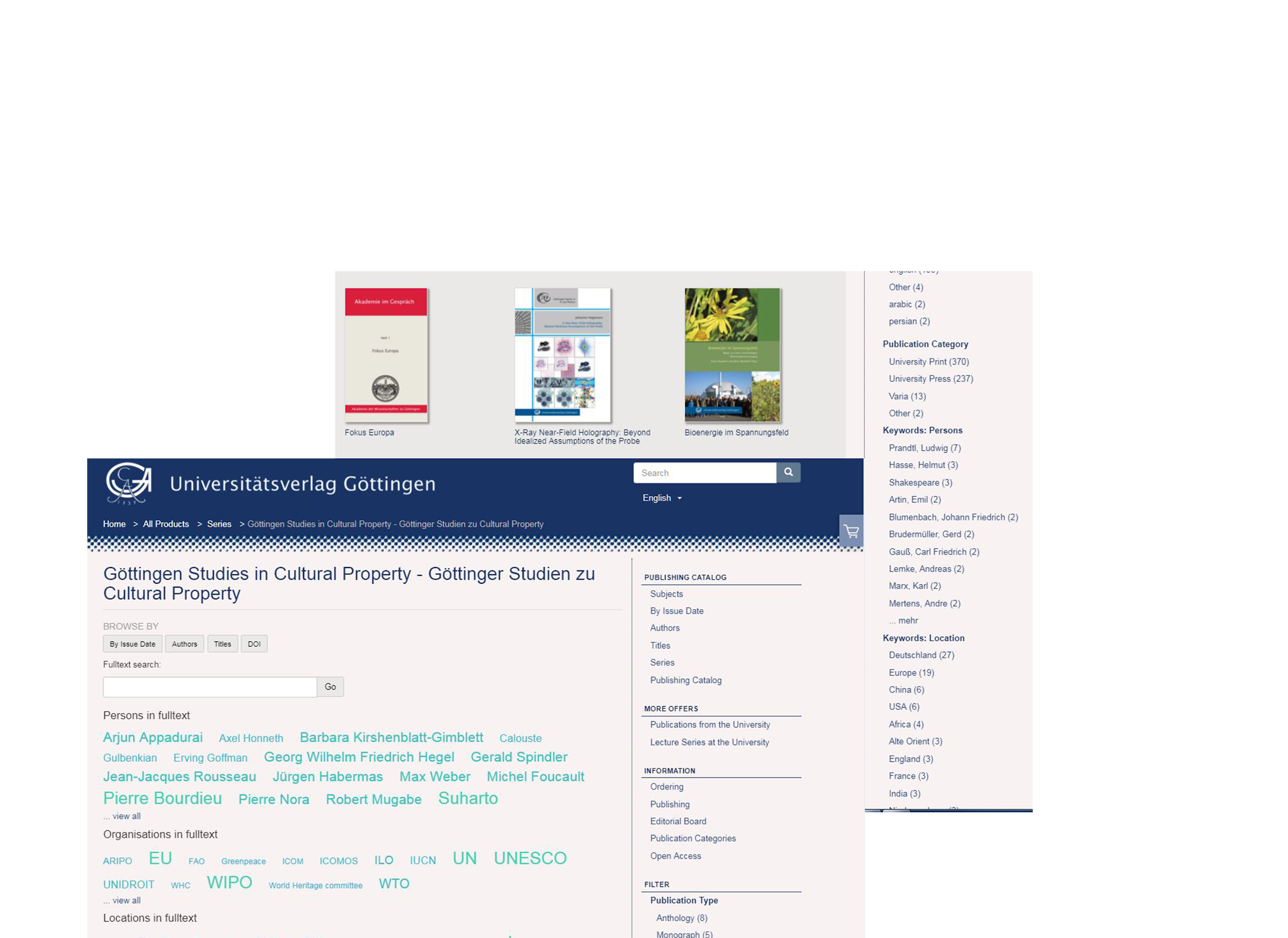
Figure 5. Example of how the references provide sources to support the statement
More information about the Wikidata metamodel can be found in the official documentation 26.
4.5.3 Motivation and RationaleThe decision to use Wikipedia and Wikidata as data sources is justified by the fact that both are generic and provide a basic, stable, and fairly complete knowledge set that can be systematically enriched by specialist domain data. Compared with other sources of information, they are the most complete available to use, reuse, and redistribute. Wikipedia is released under a CC-BY (attribution) license while Wikidata has chosen CC-0 (full copyright waiver). We would like to stress here the importance of the licensing choice in the long term, particularly when dealing with scientific knowledge.
Many people have shown concern about the fact that Wikipedia, being a collaborative source of information, could be biased by the contributors’ opinions. This concern has a real foundation, without any relevant impact on the results from the entity-fishing process. The way entity-fishing exploits Wikipedia relies on the graph network of concepts rather than the deep meanings of the articles themselves.
Finally, the use of externally managed data sources is strongly motivated and well advocated in software engineering best practices: maintainability and independent management, respectively. First, the amount of information managed is too big to be handled internally by the entity-fishing project itself. Second, having an independent body (the Wikimedia Foundation) administering the sources assures the relevant competences will be available for management, engineering, and content.
4.5.3.1 Multi-language SupportAs of July 2020, the system supports English, Italian, French, German, and Spanish. The ability to support a language is strictly related to the number of articles available in the localized Wikipedia 27. Languages with less than one million Wikipedia articles are not guaranteed provide consistent results.
4.6 Knowledge Base Organization and Access 4.6.1 Basic OrganizationIn this section, we examine how the data have been organized and integrated into the knowledge base.
Earlier in this paper (sec. 4.3.2 and fig. 3) we mentioned that the knowledge base is divided into two main areas corresponding to language dependent and language independent information, respectively. The language independent part, corresponding to the generic data provided by Wikidata, contains metadata across all languages and is accessed through the UpperKnowledgeBase object. Language dependent information, representing a Wikipedia in a specific language, is offered via the LowerKnowledgeBase object (fig. 6).
The data are accessed by means of the language-independent component (UpperKnowledgeBase) to get the general concept and further drawing on available specific language resources through the LowerKnowledgeBase. This component provides convenient access to all of the Wikipedia content through the programmatic API.

Figure 6. Schema of the knowledge base
4.6.2 APIEfficient access to the knowledge base is a crucial aspect of the disambiguation process as well as for additional developments and complementary integrations. Therefore, the service provides two means of access: through a Java API or a simpler REST API.
The REST API can be used to fetch the JSON representation of a concept, when provided with either a Wikipedia page ID, Wikidata item (Q123), or Wikidata property (P356, doi). The Java API provides direct access to the Java data model, which is not limited to concept retrieval but also covers precalculated information such as the number of entities, lookups, anchors, or disambiguation pages.
In this section we describe the process and the outcome of providing entity-fishing as a standalone service within the DARIAH infrastructure, from the technical requirements to the implemented solution. The main challenge here was twofold: a) providing a resilient service across the whole DARIAH infrastructure and b) selecting a sustainable solution with the available resources provided by the service provider, Huma-Num.
5.1 Huma-NumHuma-Num is a Very Large Research Infrastructure (French: TGIR, Très Grande Infrastructure de Recherche) led by the French Ministry of Higher Education and Research and operated by the CNRS (the French National Centre for Scientific Research). It provides services to the entire Humanities and Social Sciences (HSS) academic community, particularly digital services focused on research data management that aim to help researchers manage the lifecycle of their data.
Through consortia of actors in scientific communities, Huma-Num supports the coordination of the collective production of corpora of sources with scientific recommendations and technological best practices. It also provides research teams with a range of utilities to facilitate the processing, access, storage, and interoperability of various types of digital data. This set of shared services comprises a grid of services, a platform for unified access to data (ISIDORE 28), and long-term archival facilities. Huma-Num also produces technical guides to good practice for researchers and, on occasion, conducts expertise and training initiatives.
Technically, the infrastructure itself is hosted in a large computing centre in Lyon 29. A long-term preservation facility hosted at the CINES data centre 30 based in Montpellier is also used. In addition, a group of correspondents in the MSH 31 (Maison des Sciences de l’Homme) network all over France is in charge of relaying information about Huma-Num’s services and tools.
5.2 Technical RequirementsMoving from a working prototype that demonstrates an idea to an engineered service is a complex process. We refer to engineering as implementing best practices to make the software ready to use without any previous knowledge. This implies tackling the following tasks:
During the HIRMEOS project, the application was published on GitHub and released with an open source license (Apache 2 license 32), a process that included replacing or rewriting parts that used libraries with incompatible licenses.
Entity-fishing is designed for fast processing on text and PDF documents, with relatively limited memory, and to offer relatively close to state-of-the-art accuracy (as compared with other NERD systems). The accuracy f-score for disambiguation is currently between 76.5 and 89.1 on standard datasets (ACE2004, AIDA-CONLL-testb, AQUAINT, MSNBC) as presented by Patrice Lopez at WikiDataCon in October 2017 (Lopez 2017) (table 1 ).
Table 1. Accuracy measures
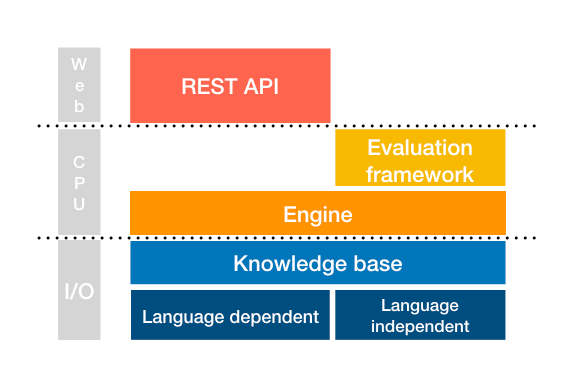
The objective, however, is to provide a generic service that has a steady throughput of 500–1,000 words per second or one PDF page of a scientific article in 1–2 seconds on a mid-range (4 cores, 3 GB RAM) Linux server.
In section 4.3 we analyzed the application extensively, identifying the more critical parts. The engine contains two machine learning models (for ranking and selection) that are implemented through Smile 33 (Statistical Machine Intelligence and Learning Engine), a library written in Java/Scala providing an implementation of each Machine Learning algorithm (Random Forest, Classification, etc.). The storage is handled using a key-value database with memory-mapped files, Lightning Memory-Mapped Database (LMDB), which is available as a Java library called lmdbjndi (see sec. 4.3.2.2).
5.3 DeploymentThe Huma-Num infrastructure’s services and utilities 34 cover various sets of needs: storage, dissemination, processing, and archiving. As part of the hosting and dissemination services, they provide two types of solutions: the shared web cluster and virtual machine environments. 35

Figure 7. Virtual machine configuration
The web cluster is a shared solution hosting pre-configured CMSs (Omeka, Wordpress, Drupal, etc.), websites, and java web applications (running with tomcat, Jetty, BaseX, etc.). Users requesting a service obtain a ready-to-use application. The virtual machines (VMs), on the other hand, are intended for a more technical audience seeking greater flexibility or needing to deploy applications with special requirements. VMs are preconfigured with Ubuntu, Debian, or even Windows (fig. 7 ).
In order to meet our needs we have installed entity-fishing in a VM. Huma-Num provides normal HDD (hard disk storage) in two flavors, a fast-computing NAS and a distributed storage system.

Figure 8. Final service configuration
We measured performance as runtime and throughput using JMeter 36, an open-source toolbox for simulating access load from users. We performed two types of tests, using PDF documents ranging from 10 to 200 pages and text paragraphs with an average size of 1,000 words. The tests ran for 20 minutes and 1 hour, using plain text content and PDF documents respectively. We repeated the tests using two different configurations: single-user and multi-user (five users). We then recorded performances by measuring the server computation time and the throughput for each request, as illustrated in table 2.
Table 2. Runtime performances and throughput measured through sequential (single-user) or parallel requests (multiusers)
| Scenario | Average runtime | Throughput |
| Text | ||
| Single-user | 0.675 s | 1,265 char/s |
| Multiuser (5 users) | 0.468 s | 8,760 char/s |
| Single-user | 20.5467 s | 1.1 pages/s |
| Multiuser (5 users) | 21.5349 s | 5.2 pages/s |
The service was officially deployed in September 2017 after two months of tests. The initial configuration was set up with a virtual machine having 8 cores, 32 GB of RAM, and 100 GB of fast hard drive.
The service is accessible through an HTTP Apache 2 reverse proxy allowing long requests up to a maximum timeout of 30 minutes. Asynchronous requests would streamline the process (for more details, see sec. 6).
The infrastructure is monitored via an external service (onUptime Robot 37), which provides a monitoring dashboard 38 (fig.9 ) and an email notification system for downtime.
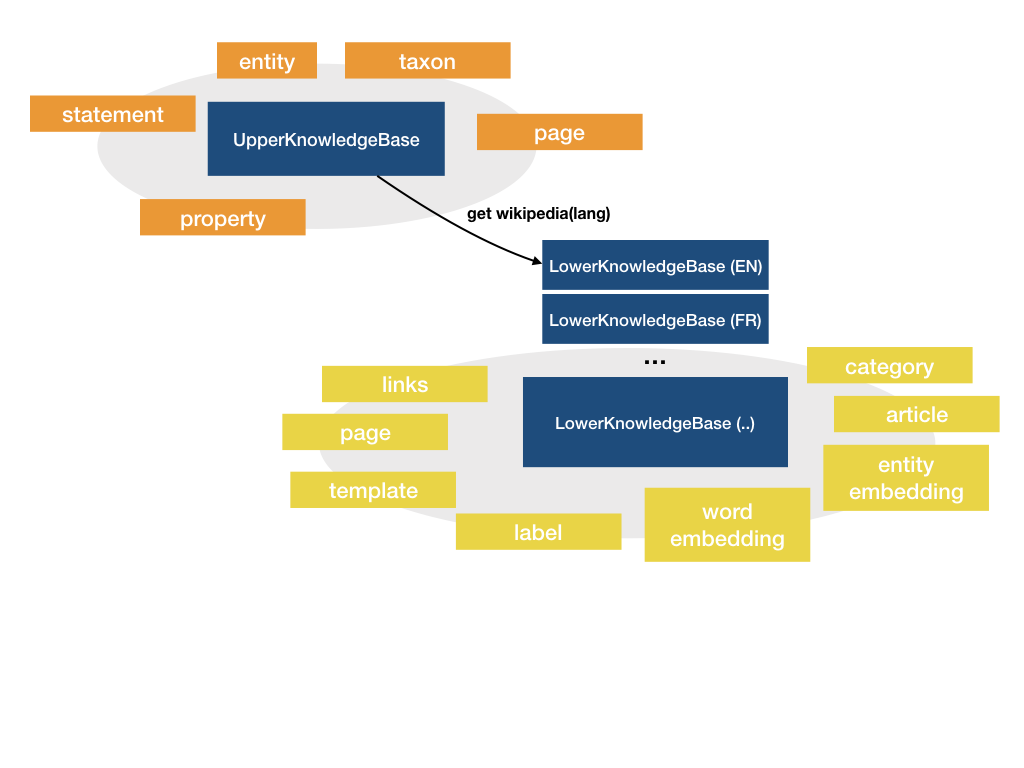
Figure 9. Monitoring page
We record usage statistics usingAWStats 39 (fig.,10 ). By the end of 2018 more than 7 million documents were processed by entity-fishing.

Figure 10 Statistics page
The HIRMEOS partners have chosen to integrate the application into their open access platform.
5.4 Entity-fishing IntegrationsWe have deployed entity-fishing for several use cases in collaboration with the HIRMEOS project partners OAPEN, OpenEdition, EKT, Göttingen University Press, and Ubiquity Press. Questions, considerations, and problems emerged when external partners started to use the resulting annotations according to their own needs and practices.
The two main implementations were the faceting and the entity visualization, integrated into the partners’ already existing search interfaces as a facet search (fig. 1 1 ) or a word cloud over the whole collection (fig. 12 ).
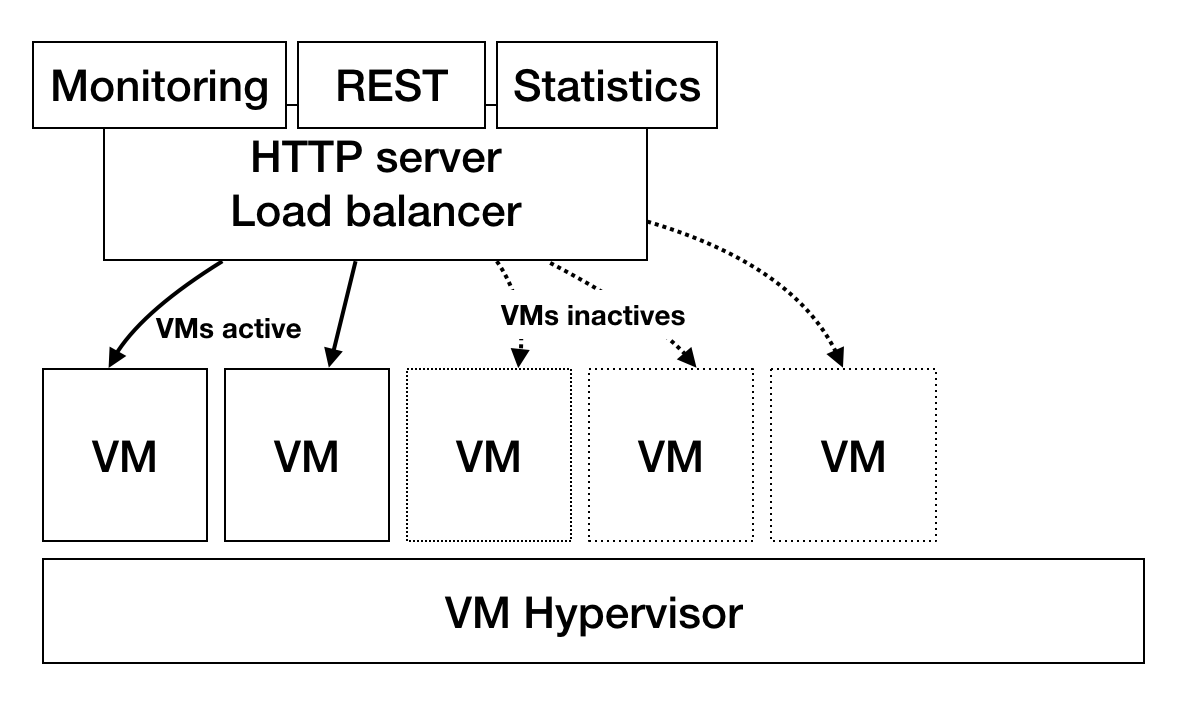
Figure 11. Use case implementation by Open Edition. Locations and Places automatically extracted from the content, using entity-fishing are displayed as search facets.
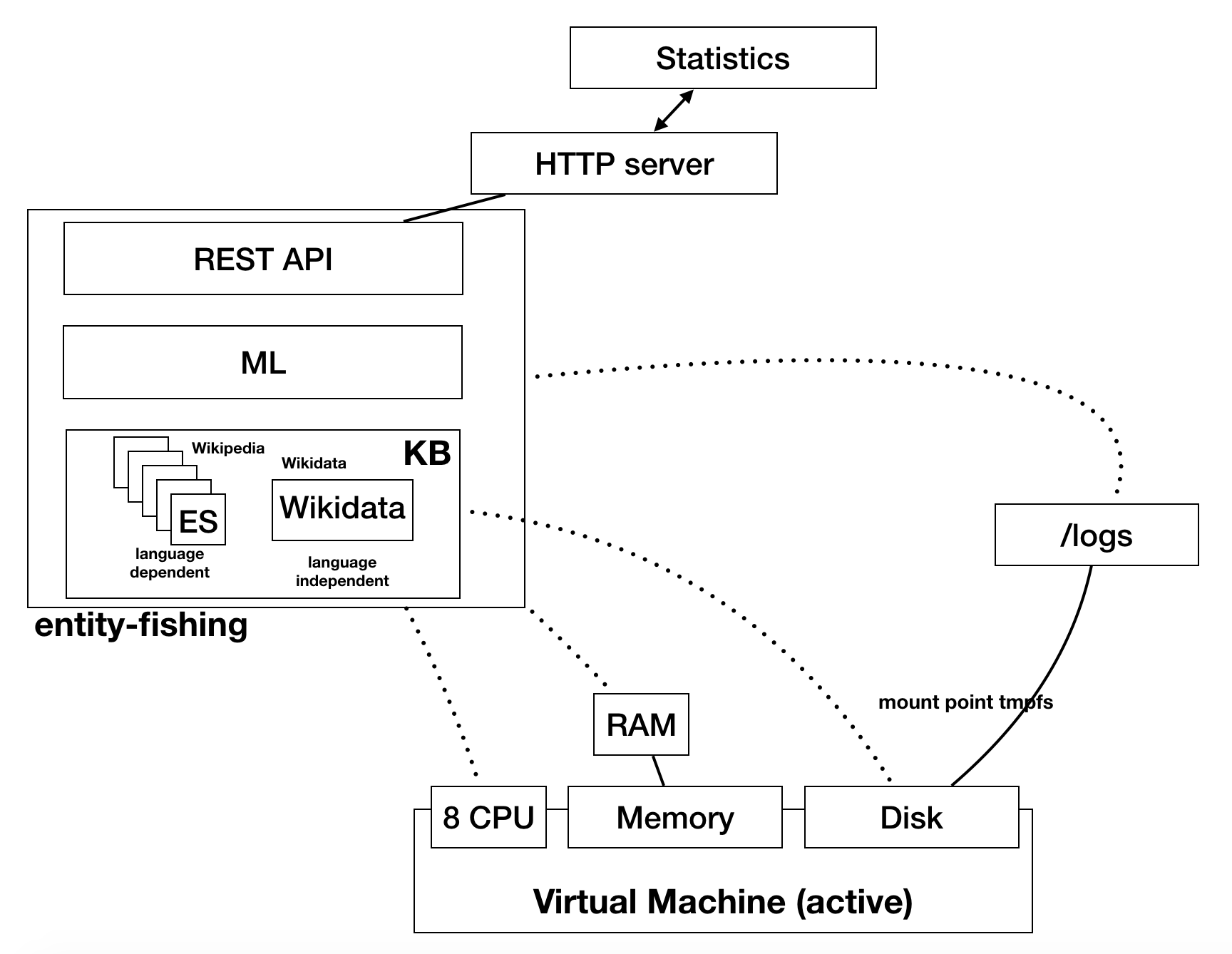
Figure 12. Use case implementation by Göttingen State Library
The entity-fishing service has become an essential asset for the online delivery of the corpus of scholarly monographs. This will be particularly important when the OPERAS research infrastructure is set up to make more and more collections available to the research community. In terms of the technical deployment itself, we have provided all the necessary components of a sustainable service:
We still have work ahead of us to improve the accuracy of the disambiguation scores, which is currently floating just below the level of state-of-the-art performance. In fact, entity-fishing could easily be extended to support more languages.
Removing or deprecating the relatedness in favor of alternative, less computing-intensive techniques could reduce the impact of the storage on performance. On the subject of disambiguation, there has already been some interesting work on alternative Named Entity Recognition (NER) recognizer models usingdeep learning techniques 42. Finally, the API could implement an asynchronous mechanism that handles large-scale computing more effectively.
We would like to address our warmest thanks to Patrice Lopez, who designed, demonstrated, and implemented the first version of entity-fishing during the CENDARI H2020 project. Patrice is also the author of GROBID 43 (GeneRation Of BIbliographic Data) (Lopez 2009), a machine-learning library for extracting, parsing, and restructuring raw documents such as PDF into structured TEI-encoded documents. We would like to thank our colleagues within the HIRMEOS project, especially Open Edition and the University of Göttingen State Library, for the particular support they provided in testing and disseminating entity-fishing. Finally, we would like to thankHuma-Num for hosting the service within their infrastructure.
This research has received funding from the European Union’s Horizon 2020 (H2020) research and innovation programme under grant agreement No 731102 (HIRMEOS).
Accessed July 7, 2020, https://www.dariah.eu/
Accessed July 7, 2020, https://operas.hypotheses.org/.
Accessed July 7, 2020, https://www.huma-num.fr/.
High Integration of Research Monographs in the European Open Science infrastructure, accessed July 7, 2020, https://www.hirmeos.eu.
Institut national de recherche en sciences et technologies du numérique, accessed July 24, 2020, https://www.inria.fr/en.
High Integration of Research Monographs in the European Open Science infrastructure, accessed July 24, 2020, http://www.hirmeos.eu.
Accessed July 10, 2020, https://books.openedition.org/.
OAPEN (Open Access Publishing in European Networks), accessed July 10, 2020, http://www.oapen.org/.
Accessed July 10, 2020, https://www.ubiquitypress.com/.
Universitätsverlag Göttingen, accessed July 10, 2020, https://www.univerlag.uni-goettingen.de/.
DBpedia page, accessed July 24, 2020, http://dbpedia.org/page/Entity.
https://en.wikipedia.org/wiki/Washington,_D.C., accessed August 31, 2020.
List of Wikipedias, accessed July 24, 2020, https://en.wikipedia.org/wiki/List_of_Wikipedias.
GitHub repository, accessed July 8, 2020, http://github.com/kermitt2/grobid-ner.
“Classes and Senses,” GROBID NER User Manual, accessed July 8, 2020, http://grobid-ner.readthedocs.io/en/latest/class-and-senses/.
Accessed July 8, 2020, https://symas.com/lmdb/.
LMDB JNI GitHub repository, accessed July 8, 2020, https://github.com/deephacks/lmdbjni.
“entity-fishing – Entity Recognition and Disambiguation,” accessed July 10, 2020, http://nerd.readthedocs.io/.
W3C Recommendation 23 February 2017, accessed July 8, 2020, https://www.w3.org/TR/annotation-model/.
https://en.wikipedia.org/wiki/Wikipedia:About
Wikipedia language index, https://en.wikipedia.org/wiki/Special:SiteMatrix
https://stats.wikimedia.org
Wikidata:Introduction, accessed July 9, 2020, https://www.wikidata.org/wiki/Wikidata:Introduction.
Jens Ohlig,“Establishing Wikidata as the Central Hub for Linked Open Life Science Data” (blog post), October 22, 2014, https://blog.wikimedia.de/2014/10/22/establishing-wikidata-as-the-central-hub-for-linked-open-life-science-data/.
“Wikidata:Introduction,” accessed July 10, 2020, https://www.wikidata.org/wiki/Wikidata:Introduction.
“List of Wikipedias,” subsection “1 000 000+ articles,” accessed July 9, 2020, https://meta.wikimedia.org/wiki/List_of_Wikipedias#1_000_000+_articles.
Accessed July 9, 2020, http://rechercheisidore.fr/.
Centre de Calcul de l’IN2P3 (CC-IN2P3), accessed July 9, 2020, https://cc.in2p3.fr/.
C.I.N.E.S. (Centre Informatique National de l’Enseignement Supérieur), accessed July 9, 2020, https://www.cines.fr/.
Réseau National MSH, accessed July 9, 2020, http://www.msh-reseau.fr/.
Apache license version 2.0, January 2004, accessed July 9, 2020, https://www.apache.org/licenses/LICENSE-2.0.
Accessed July 9, 2020, https://haifengl.github.io.
“Services et outils,” Huma-Num, accessed July 9, 2020, https://www.huma-num.fr/services-et-outils.
See Joel Marchand, “Huma-NUM la TGIR des humanités numériques,” presentation at les Assises du CSIESR 2017 (the CSIESR Conference 2017), accessed July 17, 2020, http://assises2017.csiesr.eu/programme-1.
Accessed July 10, 2020, https://jmeter.apache.org.
Accessed July 10, 2020, https://uptimerobot.com/.
VM-huma-num status page for entity-fishing@huma-num, accessed July 10, 2020, https://stats.uptimerobot.com/nRyO1tpDV/779345024.
Accessed July 10, 2020, https://www.awstats.org/.
Accessed July 10, 2020, http://github.com/kermitt2/nerd..
Accessed July 10, 2020, http://www.huma-num.fr/.
DeLFT (Deep Learning Framework for Text) GitHub repository, accessed July 10, 2020, https://github.com/kermitt2/delft.
GROBID GitHub repository, accessed July 17, 2020, https://github.com/kermitt2/grobid.